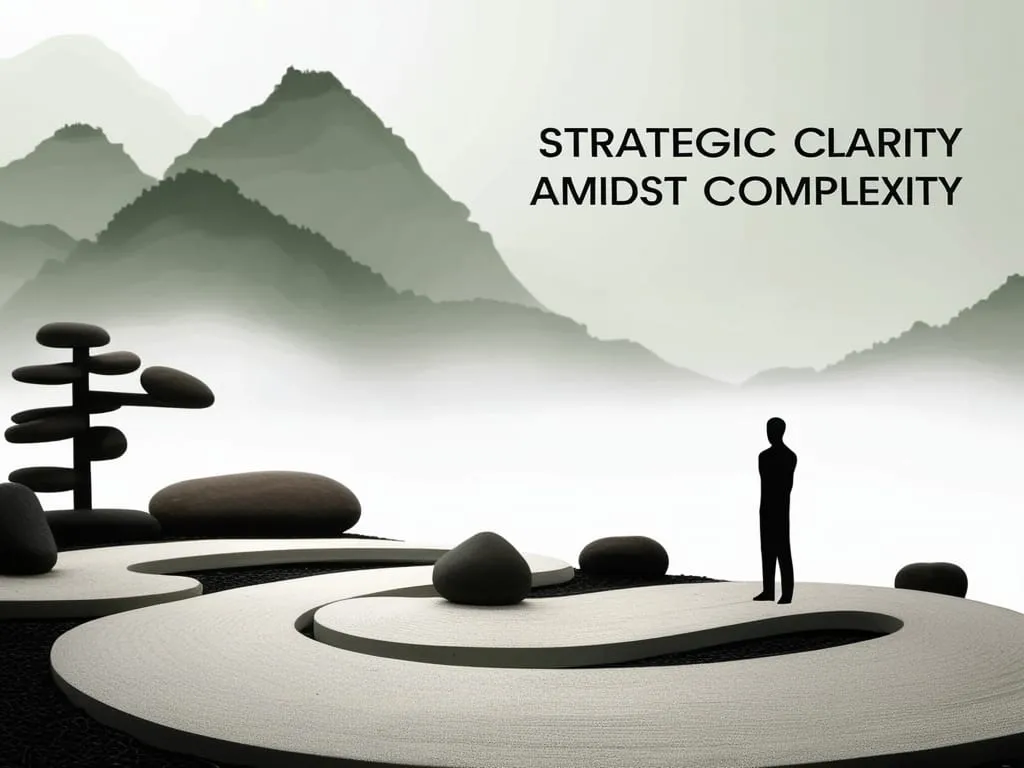Leadership that truly helps people feel safe to speak up is rare. Yet, I’ve seen again and again how much a team can change when their leader commits to psychological safety. It’s not about creating a space with no rules. Instead, it’s a way of working together where anyone can share an idea, ask a question, or admit a mistake without worrying about feeling embarrassed or punished.
It might seem simple, but have you ever noticed how often people choose to stay silent rather than risk sounding foolish? How many times have you held back a thought, fearing it might land you in trouble? The core of psychological safety is that silence fades. People speak up, share, and even challenge each other openly.
“I suppose leadership at one time meant muscles, but today it means getting along with people.” – Mahatma Gandhi
When you’re a leader, psychological safety starts with acting human. Others look to you and will do what you do. If you admit you don’t know something, others feel permission to be honest too. If you calmly receive criticism, others will follow. That’s how I try to approach any project—by showing that I also have doubts and blind spots. Instead of being the source of all the answers, the goal should be making room for the team’s best thinking.
Strange as it sounds, the best leaders don’t dominate meetings. They create ground rules so everyone talks. They pause to check who hasn’t said a word. Instead of rushing for consensus, they ask, “Who has a completely different view?” or “Is there something we’re missing?” This isn’t just about being nice. It brings out what no one expects: the hidden risks, the smart shortcuts, the ideas that change everything.
It’s not that hierarchy disappears. There are still bosses and different roles. But with psychological safety, the leader makes it clear that good ideas can come from anywhere. Some of the most creative solutions I’ve seen have come from new hires who saw things others missed.
“Great leaders are willing to sacrifice the numbers to save the people. Poor leaders sacrifice the people to save the numbers.” – Simon Sinek
A big challenge is dealing with defensive reactions. Let’s be honest, when someone points out a mistake or disagrees with us, it’s so easy to shut down or lash out. The only way around this? Leaders have to practice keeping their cool and being open, even when it stings. They should thank people for raising problems and treat every slip-up as a lesson.
Have you ever worked somewhere where mistakes were met with blame or silence? How did it feel? Fear holds teams back. But if you flip the script and say, “Let’s find what went wrong together; we’re not here to blame but to fix this,” everything changes. All of a sudden, people start taking smart risks that lead to leaps forward.
A simple trick is to celebrate small acts of courage. When someone speaks up with a difficult truth or tries something new that doesn’t work out, leaders should praise the effort, not just the outcome. These moments matter. They send a signal: It’s OK here to try, fail, and try again.
One surprising thing I learned is that psychological safety isn’t about comfort at all costs. It’s about respect and candor. You want a team where there’s both kindness and challenge—where people care about each other enough to be tough, but in a helpful way. When the team understands the goal isn’t to criticize, but to improve, conflict turns productive.
“Courage is what it takes to stand up and speak; courage is also what it takes to sit down and listen.” – Winston Churchill
Why does this matter beyond feeling good? Teams with high psychological safety run faster experiments and come up with better solutions. Innovation thrives because there’s less fear and more curiosity. People solve problems together, and ownership is shared.
In workplaces lacking safety, I’ve seen bright people with great ideas stay quiet. They were afraid to rock the boat. This is wasteful—every silent insight is a missed breakthrough. Think for a moment: what’s one idea you’ve buried because you thought it wasn’t your place to speak?
Even companies with the best intentions can slip into old habits. Leaders start demanding results and forget about listening. Hierarchies sneak back in. To counter this, leaders need to regularly ask themselves: Am I making it safer for people to take risks and be real? Do tough questions get rewarded here? When was the last time someone challenged me?
“My greatest strength as a consultant is to be ignorant and ask a few questions.” – Peter Drucker
Sometimes, leaders believe showing vulnerability is a sign of weakness, but it’s just the opposite. Admitting “I’m not sure” or “I made a mistake” gives everyone else permission to be honest too. This takes practice, especially if you grew up thinking a boss must always look confident. But the payoff is real: you get ahead faster by learning together.
Another overlooked angle is that psychological safety doesn’t just help teams—it attracts better people and keeps them. Who wants to work where ideas are met with eye rolls or silence? When a company develops a culture of trust and openness, talented folks seek it out and do their best work.
It also helps with tough conversations. If you have safety, then feedback—both giving and receiving—becomes normal. You can say, “I see a different way,” or “Here’s what didn’t work for me,” without worrying about being shot down. This is the secret sauce for growth, personally and as a group.
Everyone knows people differ. Some are shy, some outspoken. Leaders who care about safety don’t just give equal turns but also draw out the quiet folks, letting them use whatever form feels right—maybe speaking up at the end, maybe sending notes ahead. I’ve sent a few emails after meetings because I wasn’t ready to talk in the room. Leaders can make space for all voices, not just the loud ones.
Do you remember a boss who never let you finish a thought? Or one who always responded with “No, that won’t work”? How did it affect what you shared next time? Small changes, like nodding, asking follow-ups, and even sitting in silence to wait for more ideas, can change the room’s mood completely.
I find that the best way to get people comfortable is by being specific. Instead of general statements like “speak up,” ask, “What’s a risk we’re not seeing?” or “If you were in charge, what would you change?” The more tangible the invitation, the more likely others will open up.
Sometimes teams worry that too much safety means people will do careless work. But in reality, it’s the other way. High safety means people care more because they’re invested in the group’s success. They don’t want to let down their teammates—and will work harder to get things right.
“Leadership is not about being in charge. Leadership is about taking care of those in your charge.” – Simon Sinek
To make sure safety sticks, I believe in sharing stories—especially ones about past mistakes that led to breakthroughs. When you talk openly about what went wrong, laugh about it, and point out how it wasn’t the end of the world, you show that learning is built-in.
But let’s not kid ourselves: making a team truly safe isn’t easy. If you’re honest, defensive habits run deep. We all want to look good and be right. That’s natural. Leaders fighting for safety have to keep working at it, especially when stress hits or big mistakes happen. It’s in these tense moments that the real commitment shows.
Want to test if your team feels safe? Next time you speak, leave space for disagreement. Ask, “Who sees it differently?” and see who responds. If it’s quiet, don’t give up. Keep asking. Over time, curiosity will become the norm.
Psychological safety is something anyone can help build, but it’s up to leaders to set the tone. If I could give one piece of advice, it would be this: forget about looking perfect. Show your flaws, listen more than you talk, and celebrate the moments when someone sticks their neck out.
Because when you do, something unexpected happens. Teams become more creative and resilient. People support one another. Work becomes a place where the best ideas truly win. And that, in the end, is how organizations succeed—one safe conversation at a time.
“People will forget what you said, people will forget what you did, but people will never forget how you made them feel.” – Maya Angelou






